All Categories
View All >-
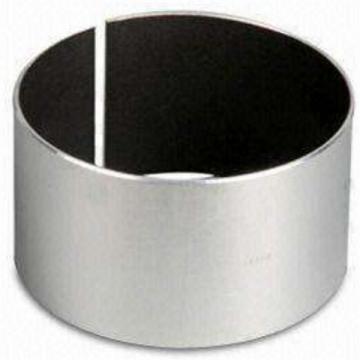 series: FAG (Schaeffler) AH3138 Withdrawal SleevesSee More>
series: FAG (Schaeffler) AH3138 Withdrawal SleevesSee More> -
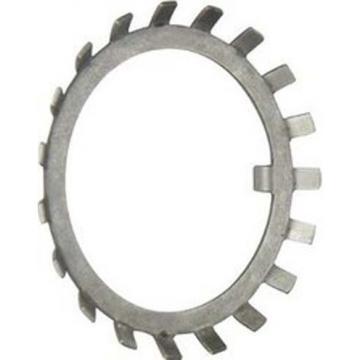 number of tangs: Miether Bearing Prod (Standard Locknut) W-024 Bearing Lock WashersSee More>
number of tangs: Miether Bearing Prod (Standard Locknut) W-024 Bearing Lock WashersSee More> -
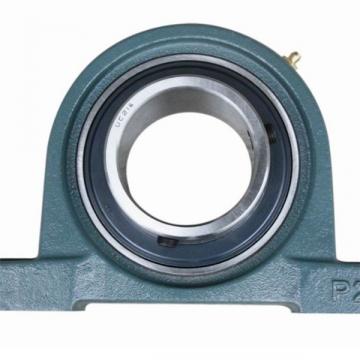 end type: Dodge P2B-520-USAF-307LERAH Pillow Block Roller Bearing UnitsSee More>
end type: Dodge P2B-520-USAF-307LERAH Pillow Block Roller Bearing UnitsSee More> -
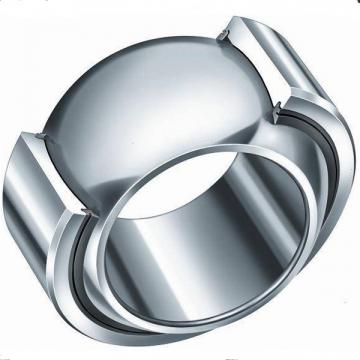 Weight / Kilogram GARLOCK BEARINGS GGB S0908DU0500-S Plain BearingsSee More>
Weight / Kilogram GARLOCK BEARINGS GGB S0908DU0500-S Plain BearingsSee More> -
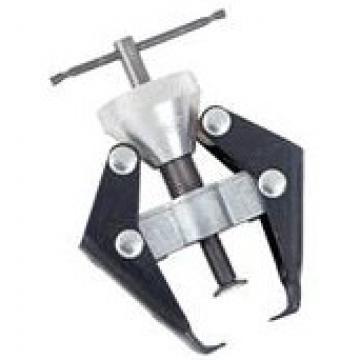 weight: Power Team (SPX) PT206 Mechanical Jaw PullersSee More>
weight: Power Team (SPX) PT206 Mechanical Jaw PullersSee More>
Featured Products
Our Manufacturer with main products: Withdrawal Sleeves, Bearing Lock Washers, Pillow Block Roller Bearing Units
-
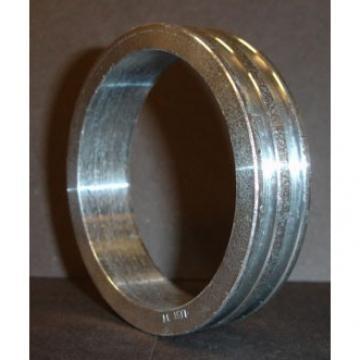 B2 SKF AHX 2311 Withdrawal Sleeves
B2 SKF AHX 2311 Withdrawal Sleeves
-
 series: FAG (Schaeffler) AH3138 Withdrawal Sleeves
series: FAG (Schaeffler) AH3138 Withdrawal Sleeves
-
 thread size: FAG (Schaeffler) AHX3218 Withdrawal Sleeves
thread size: FAG (Schaeffler) AHX3218 Withdrawal Sleeves
-
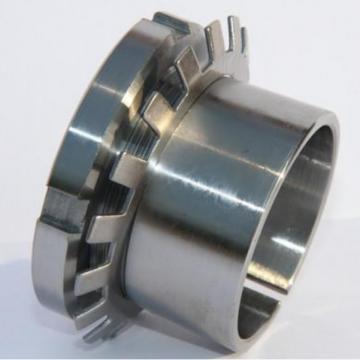 B1 SKF AH 24032 Withdrawal Sleeves
B1 SKF AH 24032 Withdrawal Sleeves
-
 overall length: FAG (Schaeffler) AHX3130 Withdrawal Sleeves
overall length: FAG (Schaeffler) AHX3130 Withdrawal Sleeves
-
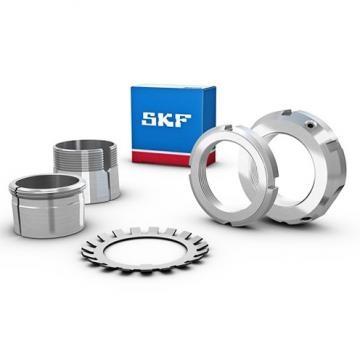 overall length: FAG (Schaeffler) AH3048-H Withdrawal Sleeves
overall length: FAG (Schaeffler) AH3048-H Withdrawal Sleeves
-
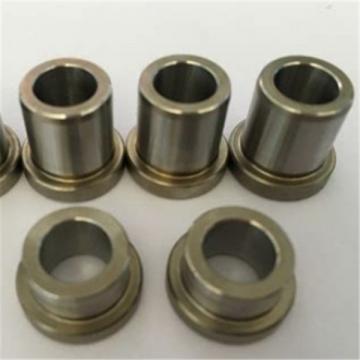 compatible shaft diameter: SKF SK 111 Withdrawal Sleeves
compatible shaft diameter: SKF SK 111 Withdrawal Sleeves
-
 thread size: SKF ASK 116 Withdrawal Sleeves
thread size: SKF ASK 116 Withdrawal Sleeves
-
 compatible shaft diameter: FAG (Schaeffler) AHX2326 Withdrawal Sleeves
compatible shaft diameter: FAG (Schaeffler) AHX2326 Withdrawal Sleeves
-
 includes: Standard Locknut LLC ASK-26 Withdrawal Sleeves
includes: Standard Locknut LLC ASK-26 Withdrawal Sleeves
-
 manufacturer upc number: SKF SK 130 Withdrawal Sleeves
manufacturer upc number: SKF SK 130 Withdrawal Sleeves
-
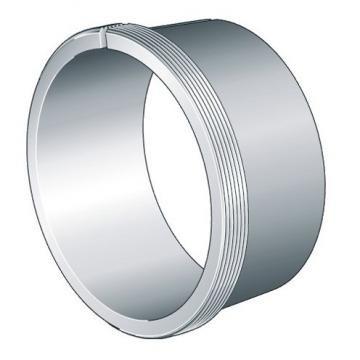 compatible shaft diameter: Standard Locknut LLC SK-138 Withdrawal Sleeves
compatible shaft diameter: Standard Locknut LLC SK-138 Withdrawal Sleeves
-
 series: SKF AH 24024 Withdrawal Sleeves
series: SKF AH 24024 Withdrawal Sleeves
-
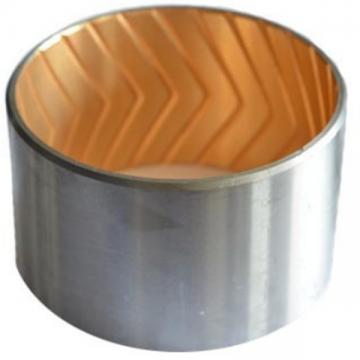 G1 SKF AH 24030 Withdrawal Sleeves
G1 SKF AH 24030 Withdrawal Sleeves
-
 Mass withdrawal sleeve SKF AOH 3060 Withdrawal Sleeves
Mass withdrawal sleeve SKF AOH 3060 Withdrawal Sleeves
-
 lock nut number: SKF AH 24134 Withdrawal Sleeves
lock nut number: SKF AH 24134 Withdrawal Sleeves
-
 overall length: SKF AH 24038 Withdrawal Sleeves
overall length: SKF AH 24038 Withdrawal Sleeves
-
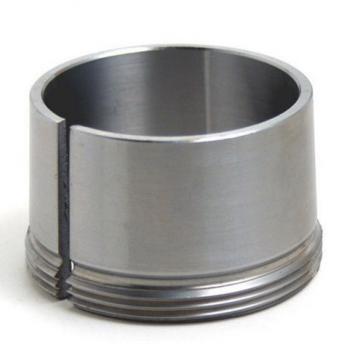 compatible shaft diameter: FAG (Schaeffler) AH24044-H Withdrawal Sleeves
compatible shaft diameter: FAG (Schaeffler) AH24044-H Withdrawal Sleeves
-
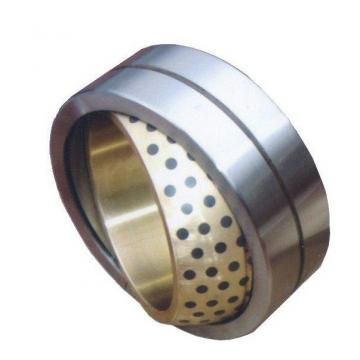 compatible shaft diameter: FAG (Schaeffler) AH24124 Withdrawal Sleeves
compatible shaft diameter: FAG (Schaeffler) AH24124 Withdrawal Sleeves
-
 manufacturer upc number: SKF SK 132 Withdrawal Sleeves
manufacturer upc number: SKF SK 132 Withdrawal Sleeves
-
 d SKF AHX 3122 Withdrawal Sleeves
d SKF AHX 3122 Withdrawal Sleeves
-
 overall length: SKF AHX 311 Withdrawal Sleeves
overall length: SKF AHX 311 Withdrawal Sleeves
-
 thread size: SKF AHX 3124 Withdrawal Sleeves
thread size: SKF AHX 3124 Withdrawal Sleeves
-
 taper: SKF ASK 120 Withdrawal Sleeves
taper: SKF ASK 120 Withdrawal Sleeves
-
 G1 SKF AH 24026 Withdrawal Sleeves
G1 SKF AH 24026 Withdrawal Sleeves
-
 series: SKF AOH 3152 G Withdrawal Sleeves
series: SKF AOH 3152 G Withdrawal Sleeves
-
 series: SKF AHX 3122/100 Withdrawal Sleeves
series: SKF AHX 3122/100 Withdrawal Sleeves
-
 Nut for removal SKF AH 3240 Withdrawal Sleeves
Nut for removal SKF AH 3240 Withdrawal Sleeves
-
 taper: FAG (Schaeffler) AH2313 Withdrawal Sleeves
taper: FAG (Schaeffler) AH2313 Withdrawal Sleeves
-
 compatible shaft diameter: Standard Locknut LLC SK-144 Withdrawal Sleeves
compatible shaft diameter: Standard Locknut LLC SK-144 Withdrawal Sleeves
-
 lock washer number: SKF ASK 118 Withdrawal Sleeves
lock washer number: SKF ASK 118 Withdrawal Sleeves
-
 compatible bearing number: FAG (Schaeffler) AHX 2317 Withdrawal Sleeves
compatible bearing number: FAG (Schaeffler) AHX 2317 Withdrawal Sleeves
-
 taper: FAG (Schaeffler) AHX2328 Withdrawal Sleeves
taper: FAG (Schaeffler) AHX2328 Withdrawal Sleeves
-
 compatible shaft diameter: SKF SK 112 Withdrawal Sleeves
compatible shaft diameter: SKF SK 112 Withdrawal Sleeves
-
 compatible shaft diameter: FAG (Schaeffler) AH3260-H Withdrawal Sleeves
compatible shaft diameter: FAG (Schaeffler) AH3260-H Withdrawal Sleeves
-
 compatible shaft diameter: FAG (Schaeffler) AHX310 Withdrawal Sleeves
compatible shaft diameter: FAG (Schaeffler) AHX310 Withdrawal Sleeves
-
 hydraulic nut number: SKF AHX 2318 Withdrawal Sleeves
hydraulic nut number: SKF AHX 2318 Withdrawal Sleeves
-
 series: FAG (Schaeffler) AH 2334 Withdrawal Sleeves
series: FAG (Schaeffler) AH 2334 Withdrawal Sleeves
-
 compatible shaft diameter: SKF ASK 124 Withdrawal Sleeves
compatible shaft diameter: SKF ASK 124 Withdrawal Sleeves
-
 compatible shaft diameter: Standard Locknut LLC ASK-122 Withdrawal Sleeves
compatible shaft diameter: Standard Locknut LLC ASK-122 Withdrawal Sleeves
Withdrawal Sleeves FAQS
QWhat are the requirements for bearing bush materials?
ASteel base copper plastic bushing can be used for low load and bimetal bushing can be used for high load. The shaft sleeve made of antifriction material in sliding bearing is also called bearing bush and shaft lining. It is usually cast on the inner surface of the bearing bush, mainly to reduce the cost and save valuable wear reducing materials. Thickness 0.5-6mm, for large size or important bearings. The bearing bush is mainly used to replace the wear of the shaft. In addition, it also supports the operation of the shaft, reduces friction wear and reduces vibration. The first sliding and rolling bearings were made of wood. Ceramics, sapphires or glass are also used. Steel, copper, other metals and plastics (such as nylon, bakelite, Teflon and UHMWPE) are widely used. From heavy-duty wheel shaft and machine tool spindle to precise clock parts, rotating bearings are needed in many occasions. The simplest rotating bearing is the sleeve bearing, which is just a sleeve sandwiched between the wheel and axle. This design is then replaced by rolling bearings, which use a lot of cylindrical rollers instead of the original bushes. Each roller is like a separate wheel.
QWhat's the advantage of Roller bearing unit?
ARoller bearing units (mounted bearing units) are robust, ready-to-mount bearing units that are assembled, lubricated and sealed at the factory for maximum service life. Roller bearing units provide a number of advantages, including: long service life high operational reliability quick mounting minimal maintenance simplified replacement Roller bearing unit, inch dimensions, FYR series Roller bearing unit, inch dimensions, FYR series These benefits, in addition to the wide assortment available, make SKF roller bearing units suitable for a wide variety of applications. The assortment includes bearing units with a plummer (pillow) block housing - including a relubrication-free variant - and units with a flanged housing, each optimized to accommodate different operating conditions. All bearing units are available as locating (held) or non-locating (free) units.
QWhat's the cam follower's features?
AAccommodate high radial loads The thick-walled outer ring enables high radial loads, while reducing distortion and bending stresses. Accommodate axial loads The flange rings enable cam followers to accommodate axial loads that can occur because of skew or tilting. Long service life The crowned outer ring running surface is beneficial for applications where outer ring tilting relative to the track may occur or where edge stresses need to be minimized. Easy to mount The threaded solid stud (pin) of cam followers can be quickly and easily attached to appropriate machine components by means of a hexagonal nut.
QWhat are the technical requirements for bearing bush?
A1. The taper angle difference of the tightening sleeve must be better than that of the national standard, which is indicated by △ d1mp - △ d3mp. The tolerance of different sizes ranges from + 0.018-0.09. The upper deviation requires that the taper angle difference of the tightening sleeve can only be large but not small, that is to say, the large end must be in contact with each other, the small end of the cone can have a little clearance, and the taper hole does not fit well. The matching self-aligning roller bearing will form a single row of rollers under stress, which will cause unstable operation and large vibration. Large music, easy to loosen, short bearing life, and the taper angle difference of high-precision tightening sleeve should also be ≤ 0.005 to ensure that the mating contact area is not less than 90%. 2. The radial runout of the outer cone of the tightening Bush facing the inner hole (commonly known as the wall thickness difference) shall be of high accuracy, otherwise the centripetal force will occur on the rotating shaft due to the common adjustment, so it is not allowed to run bumpily, with large vibration, great music, and the wall thickness difference of "0" is the ideal form. 3. The straightness of the outer cone surface and inner hole surface of the tightening sleeve is good, that is, the shape and position tolerance is good, and the cylindricity accuracy is good. This is that there is no rule in the national standard, and any single section size is qualified in the tolerance field. This is that the straightness control of the outer cone surface is not strict, especially the grinding of the outer cone surface, the straightness of the blank itself is not good, the grinding wheel correction is not good, and the appearance is not good. The straightness is very poor, and there is no profilometer test in ordinary enterprises. Therefore, this project has a lot of problems in the products of tightening set industry in China, which seriously affects the matching accuracy and stability, and the bearing function is also poor. 4. The thread locking function matching bearing of the tightening sleeve compresses the end face of the inner sleeve of the bearing through the rotation of the locking nut to tighten the taper between the tightening sleeve and the inner hole of the bearing, so as to fix the bearing on the rotating shaft. Therefore, the thread matching of the bearing nut and the tightening sleeve must be good, which should meet the national standard requirements of the common thread.
Hot Searches
- Withdrawal Sleeves
- series: FAG (Schaeffler) AH3138 Withdrawal Sleeves
- B2 SKF AHX 2311 Withdrawal Sleeves
- thread size: FAG (Schaeffler) AHX3218 Withdrawal Sleeves
- Bearing Lock Washers
- number of tangs: Miether Bearing Prod (Standard Locknut) W-024 Bearing Lock Washers
- manufacturer product page: Whittet-Higgins WT-02 Bearing Lock Washers
- tang thickness: Standard Locknut LLC MB6 Bearing Lock Washers
- Pillow Block Roller Bearing Units
- end type: Dodge P2B-520-USAF-307LERAH Pillow Block Roller Bearing Units
- maximum rpm: Dodge P2BDI300E WD Pillow Block Roller Bearing Units
- base to bore centerline: Rexnord ZA520072 Pillow Block Roller Bearing Units
- About Us
- Company Profile
- Contact Info
- Site Map
- Sitemaps


